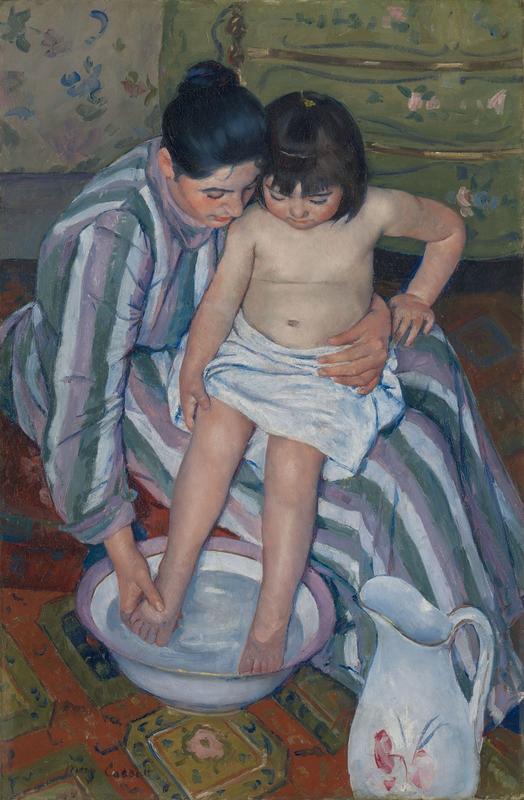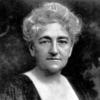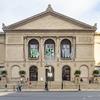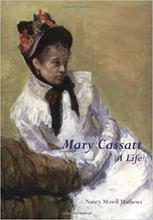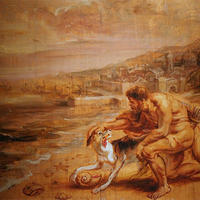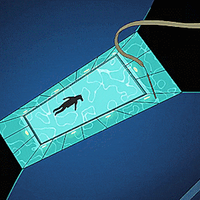More about The Child's Bath
- All
- Info
- Shop

Contributor
The “mother and child” theme is one Cassatt loved dearly, despite the fact that she never had any children of her own.
She painted domestic scenes because, as a respectable woman, her world was confined to the indoors for the most part. But she had the edge on men in the Impressionist movement because just as she wasn’t allowed out of her domestic realm, the men weren’t really allowed in. So while Degas and all his buddies were painting prostitutes in their studios, Cassatt was painting her friends and maids. The results were very intimate and revolutionary paintings of the private sphere of mothers and children. And she did these very personal paintings without being creepy and voyeuristic (unlike another Impressionist we know…. *cough Degas cough*).
This painting, despite being Impressionist, is actually posed, and the “mother” in the painting wasn’t necessarily the parent of the child or even a parent at all. For all we know, this broad hated kids. But you would never know it from this painting. Cassatt’s talent is such that she could have painted Mommie Dearest as a loving mother. (NO WIRE HANGERS!)
This painting is inspired by Cassatt’s study of Japanese woodblock prints. The École des Beaux-Arts in Paris exhibited a series of such prints in 1890 and the Impressionists went nuts over them. We can see the Japanese inspiration in the designs in this painting. There are the stripes of the woman’s dress contrasted with the floral couch and the Oriental rug. It’s a bit clash-y but that’s beside the point. We can also see the Japanese inspiration in the point of view of the painting, which is from above. This vantage point implies that this is a private scene and that, in the powerful sentiment of Gretchen Wieners, we can’t sit with them.
Featured Content
Here is what Wikipedia says about The Child's Bath
The Child's Bath (or The Bath) is an 1893 oil painting by American artist Mary Cassatt. The painting continues her interest in depicting bathing and motherhood, but it is distinct in its angle of vision. Both the subject matter and the overhead perspective were inspired by Japanese Woodcut prints and Edgar Degas.
It was bought by the Art Institute of Chicago in 1910, and has since become one of the most popular pieces in the museum.
Check out the full Wikipedia article about The Child's Bath

